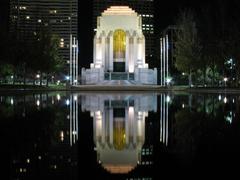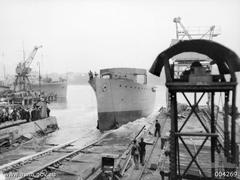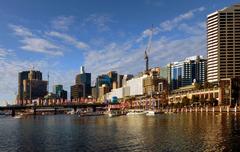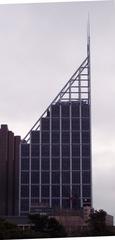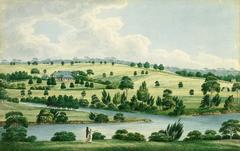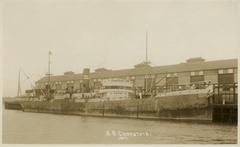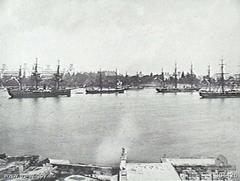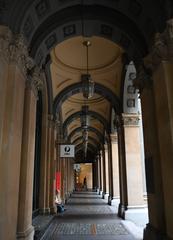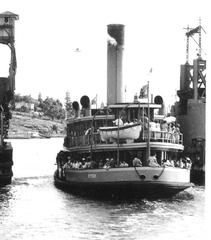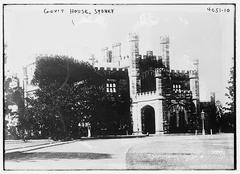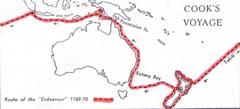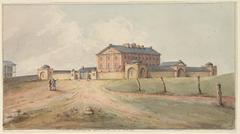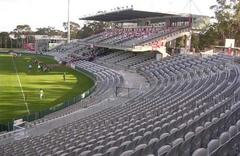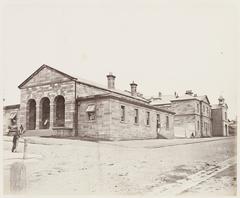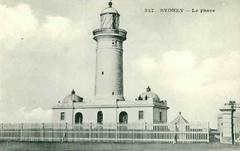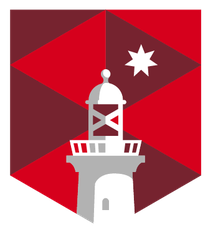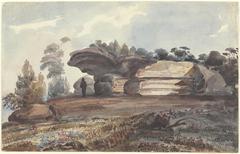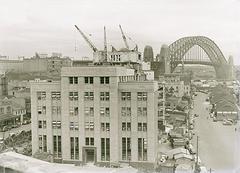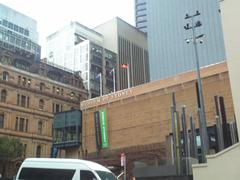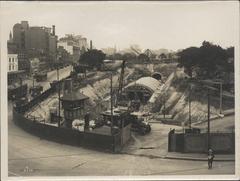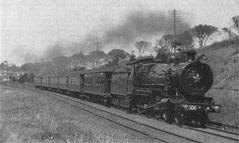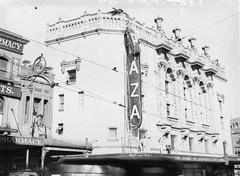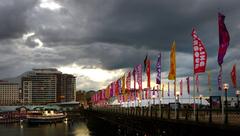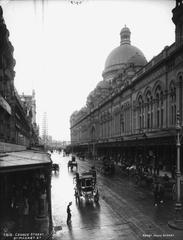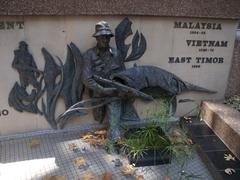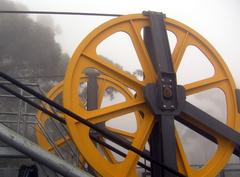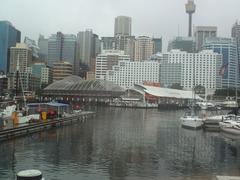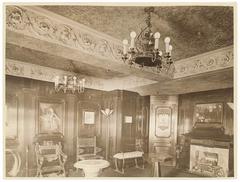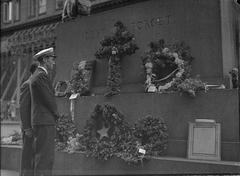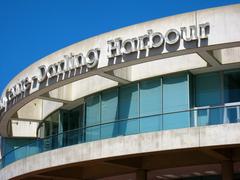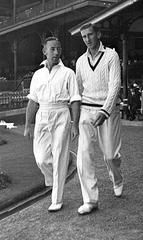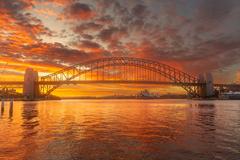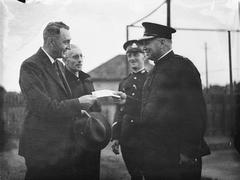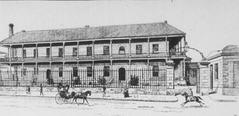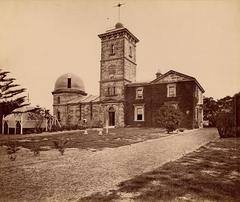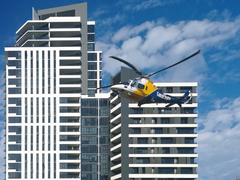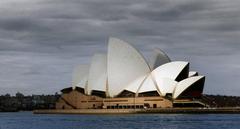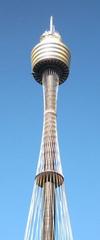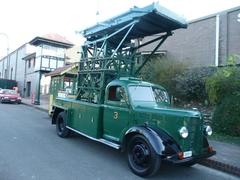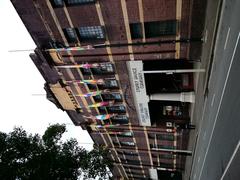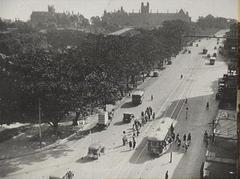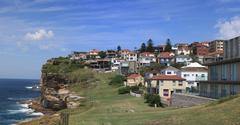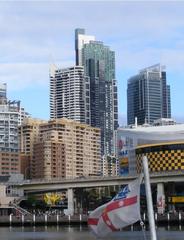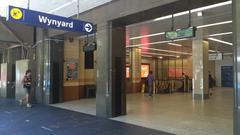Captain Cook Memorial Obelisk Sydney: Visiting Hours, Tickets, and Historical Significance
Date: 14/06/2025
Introduction
The Captain Cook Memorial Obelisk stands as one of Sydney’s most significant monuments, commemorating Lieutenant James Cook’s 1770 voyage and the first documented European landing on Australia’s eastern coast. Positioned at two prominent locations—Hyde Park in Sydney’s CBD and the historic foreshore at Kurnell in Kamay Botany Bay National Park—the obelisks represent distinct aspects of Cook’s legacy and Australia’s evolving national identity. This guide offers a comprehensive overview of the memorials’ history, cultural significance, practical visitor information, accessibility, nearby attractions, and tips for making the most of your visit (Beagle Weekly; Aussie Towns; NSW National Parks and Wildlife Service).
Contents
- Introduction
- Historical Background
- Early Commemoration in Sydney
- Hyde Park Obelisk: Origins and Design
- Kurnell Obelisk: Location and Centenary Context
- Public Reception and National Significance
- Indigenous Perspectives and Contemporary Dialogue
- Visiting the Obelisks: Practical Information
- Locations & Access
- Visiting Hours
- Entry & Ticketing
- Accessibility
- Guided Tours and Events
- Facilities and Safety
- Travel Tips
- Nearby Attractions & Photographic Spots
- Frequently Asked Questions (FAQ)
- Conclusion
- Sources
Historical Background
Early Commemoration of Captain Cook in Sydney
The desire to commemorate Captain James Cook’s achievements emerged in the 19th century, reflecting both colonial pride and a growing Australian identity. By the 1860s, public figures such as Captain Thomas Watson and organizations like the Australian Patriotic Association advocated for visible tributes to Cook, signifying the importance of his 1770 landing at Botany Bay and his mapping of the east coast (Beagle Weekly).
Hyde Park Obelisk: Origins and Design
The Hyde Park obelisk, initiated in the late 19th century, was conceived as a grand project rooted in national pride. In 1869, Prince Alfred, Duke of Edinburgh, laid the foundation stone amid great public ceremony. The final monument, completed and unveiled in 1879, featured a bronze statue of Cook by renowned sculptor Thomas Woolner atop a massive sandstone pedestal sourced from Moruya. Colonial Architect James Barnet oversaw the construction and ceremony, which became a major civic event (Beagle Weekly).
Kurnell Obelisk: Location and Centenary Context
The Kurnell obelisk, erected in 1870 by Thomas Holt, marks the actual foreshore where Cook first set foot on the continent. Its construction coincided with the centenary of Cook’s landing, reinforcing the event’s significance in shaping colonial consciousness. The obelisk’s sandstone form stands as a visible landmark, serving as the centerpiece of commemorative ceremonies and educational outreach (Aussie Towns).
Public Reception and National Significance
Both obelisks became focal points for public commemoration and national pride, reflecting a society that saw Cook’s achievements as foundational to Australia’s development. The Hyde Park obelisk, in particular, symbolized the ambitions of a burgeoning city, while the Kurnell site offered direct geographical and historical connection (Beagle Weekly).
Indigenous Perspectives and Contemporary Dialogue
While these monuments celebrate European exploration, they also highlight the complexities of colonization for Indigenous Australians. The arrival of Cook marked the beginning of immense disruption for Aboriginal communities, especially the Gweagal people of the Dharawal nation (Aussie Towns). In recent years, interpretive signage and educational programs at Kurnell and Hyde Park have sought to present a more nuanced history, acknowledging the enduring impacts on Indigenous communities (NSW National Parks and Wildlife Service).
Visiting the Obelisks: Practical Information
Locations & Access
- Hyde Park Obelisk: Centrally located in Hyde Park, Sydney CBD. Easily accessible by public transport (St James or Museum train stations).
- Kurnell Obelisk: Situated within Kamay Botany Bay National Park, Kurnell. Accessible via Captain Cook Drive; about 22 km south of Sydney CBD.
Visiting Hours
- Hyde Park: Open daily from 6:00 am to 10:00 pm. The obelisk is outdoors and can be visited anytime during park hours.
- Kamay Botany Bay National Park (Kurnell): Open daily, with gates operating 7:00 am–7:30 pm (Aug–May) and 7:00 am–5:30 pm (Jun–Jul). The obelisk is accessible during daylight hours.
Entry & Ticketing
- Hyde Park: Free entry; no tickets required.
- Kurnell (Kamay Botany Bay NP): No tickets needed for pedestrian access. Vehicle entry fees apply (typically AUD $8 per car/day). Annual passes are available (Sydney Point).
Accessibility
- Hyde Park: Wheelchair-accessible paved paths; facilities for visitors with disabilities.
- Kurnell: Designated accessible parking at Commemoration Flat and near the visitor centre. Main paths, such as the Burrawang Walk, are suitable for wheelchairs and strollers, though some sections may be uneven.
Guided Tours and Events
- Tours: Guided walking tours are available through the Kurnell Visitor Centre and Sydney historical tour operators. Advance bookings recommended for groups.
- Events: Annual commemorations on April 29 (Cook’s landing anniversary), Australia Day, and other dates. Educational programs and workshops are regularly offered.
Facilities and Safety
- Restrooms: Available at Hyde Park and Kamay Botany Bay NP visitor centres.
- Picnic Areas: Shaded tables and grassy spaces at Kurnell.
- Cafés: Nearby cafés at Kurnell and within Sydney CBD.
- Safety: Beaches at Kurnell are unpatrolled; be cautious near water. Limited mobile reception in some park areas.
Travel Tips
- Visit early morning or late afternoon for best light and fewer crowds.
- Bring sun protection and water, especially when exploring Kurnell’s foreshore.
- Check for park updates or construction notices before visiting Kurnell, as the visitor centre is undergoing redevelopment (2024–2025).
Nearby Attractions & Photographic Spots
- Hyde Park: Archibald Fountain, St Mary’s Cathedral, Australian Museum.
- Kurnell Precinct: Solander Monument, Banks Monument, Sutherland Grave, Cook’s Well, Cape Solander (whale watching), Yena Track, Aboriginal engravings (Aussie Towns; Dreaming of Down Under).
Photographers will find striking views of Botany Bay, the sandstone obelisk, and seasonal whale migrations from the Kurnell cliffs.
Frequently Asked Questions (FAQ)
Q: What are the visiting hours for the Captain Cook Memorial Obelisk?
A: Hyde Park: 6:00 am–10:00 pm daily; Kurnell: 7:00 am–7:30 pm (Aug–May), 7:00 am–5:30 pm (Jun–Jul).
Q: Are tickets or entry fees required?
A: Hyde Park: No. Kurnell: Pedestrian entry is free; vehicle entry is AUD $8/day.
Q: Is the site wheelchair accessible?
A: Yes, both Hyde Park and Kurnell obelisks have accessible pathways and facilities, though some trails at Kurnell may be uneven.
Q: Are guided tours available?
A: Yes, through the Kurnell Visitor Centre and Sydney tour operators. Check ahead for schedules.
Q: Is there parking at the Kurnell site?
A: Yes, but parking at the visitor centre may be limited due to redevelopment. Additional parking at Commemoration Flat.
Q: Can I bring pets?
A: No pets in Kamay Botany Bay NP (except assistance animals).
Q: Are there special events or commemorations?
A: Annual events include Cook’s landing anniversary, Australia Day, and educational programs.
Q: What’s the best time for whale watching near Kurnell?
A: May–November at Cape Solander.
Conclusion
The Captain Cook Memorial Obelisks at Hyde Park and Kurnell are not only architectural landmarks but also powerful symbols of Australia’s complex history. They invite visitors to reflect on the nation’s maritime heritage, the impacts of colonization, and the enduring significance of these events for all Australians. Well-maintained and easily accessible, these sites offer educational resources, stunning vistas, and opportunities for thoughtful engagement. Enhance your visit with guided tours, attend commemorative events, and explore nearby attractions for a deeper appreciation of Sydney’s historical landscape. Stay updated and enrich your experience with resources like the Audiala app for guided audio tours and event information (NSW National Parks and Wildlife Service; Aussie Towns; Beagle Weekly).
Sources
- The Forgotten History of Louttit’s Quarry & Captain Cook’s Monument, 2017, Beagle Weekly
- Captain Cook Memorial Obelisk, 2025, Aussie Towns
- Captain Cook’s Landing Place Visitor Info, NSW National Parks and Wildlife Service
- Sydney Historical Sites and Captain Cook Memorial Obelisk Guide, 2025, Sydney.com
- Australia Day and Indigenous Perspectives, 2025, BBC News
- Vandalism and Preservation of the Captain Cook Obelisk, 2025, ABC News
